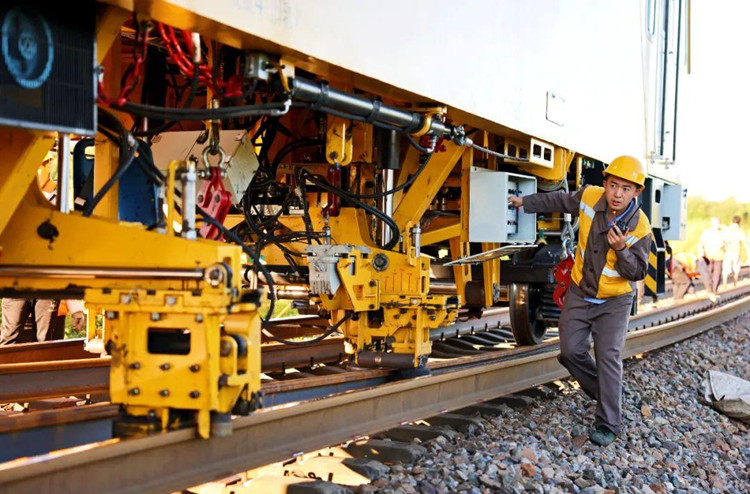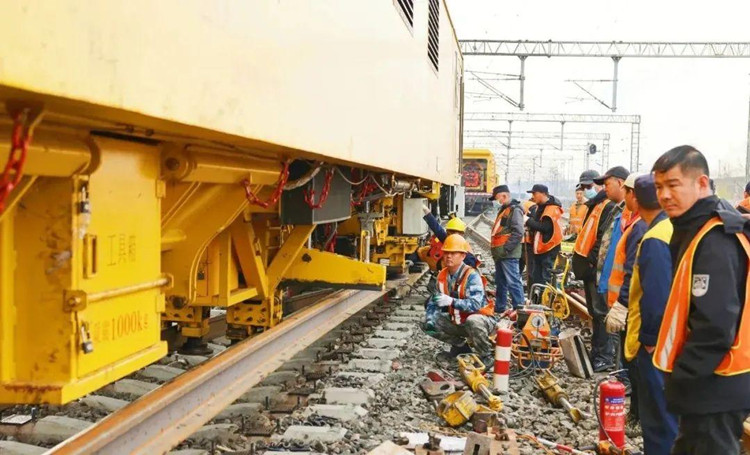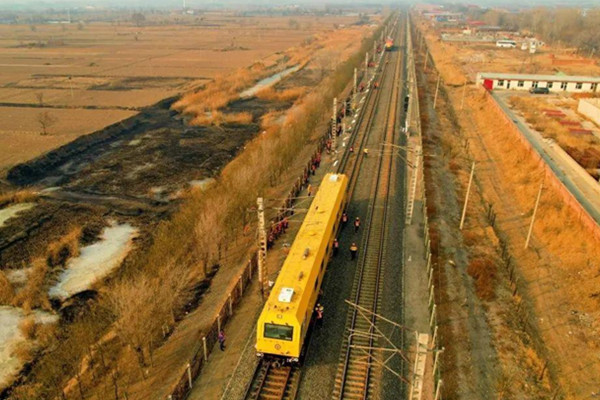How did the 1,500-meter-long used rails on the railway line turn into new rails in seconds?
"New rails on the rack!" With the order of Tyler, the leader of the mechanical rail-changing team, the rail-changing vehicle started slowly. Three operators on each side of the vehicle followed the vehicle. They controlled the rail clamps under the vehicle through the control panel to exchange the old and new rails.
The HGCZ-2000 rail-changing vehicle can change the used rails into new rails in seconds, greatly improving the efficiency of rail-changing operations.

In the past, rail-changing operations were mostly carried out manually, with more than ten people in a group, and several groups of people using tools such as crowbars at the same time. After the used rails were pulled out, the new rails were pulled in. This mode has high labor intensity and low rail-changing efficiency.
With the development of mechanization and intelligence in line maintenance, the HGCZ-2000 mechanical rail-changing vehicle has been put into daily rail-changing operations.

HGCZ-2000 rail-changing vehicle
* There are 2 sets of lifting devices
* 6 sets of retracting and releasing devices, 4 sets of rail clamps
* There are 6 control panels on both sides of the vehicle

When the rail-changing vehicle is operating:
1. Two sets of rail clamps clamp the old rail
2. Slowly pull out the rail bearing groove
3. Then pull it to the center of the track
4. At the same time, the other two sets of clamps clamp the new rail
5. Slowly lift it up
6. Put it into the rail bearing groove from the shoulder
7. Complete the 1,500-meter rail replacement operation
8. It only takes about 60 minutes

In addition
The nuts and fasteners that have been replaced can also be sucked into the "belly" of the rail-changing vehicle through a magnetic suction device to complete the unmanned recycling of old materials.
It is not easy to operate the rail-changing vehicle. The young brothers are all "the best of the best", and their average age is 28 years old. They must undergo a number of theoretical and practical professional trainings such as electrical systems, operation, and emergency response to faults. Only after passing the examination can they start working.



Get In Touch